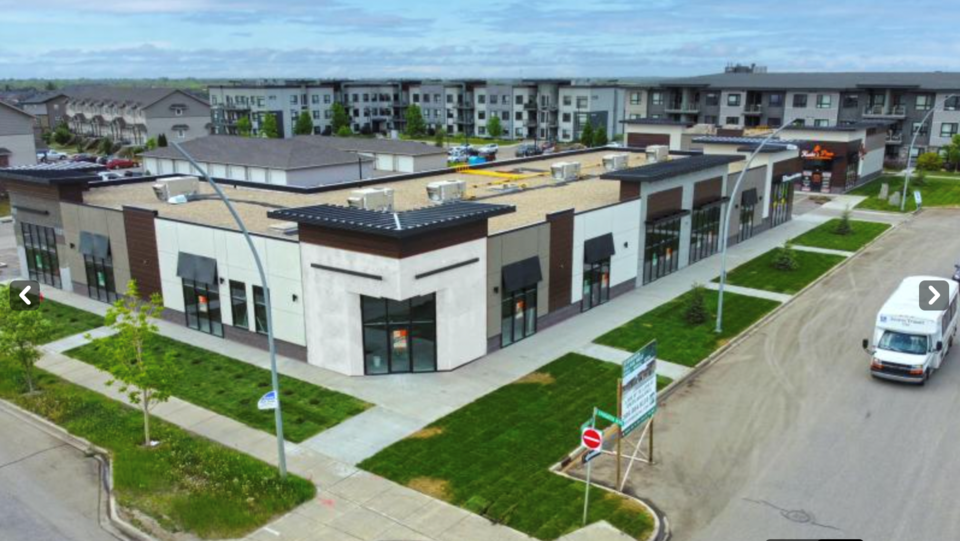Saskatoon has the lowest jobless rate among major cities in Western Canada, is leading economic growth in Canada this year and its commercial real estate market is firing on all cylinders, according to a trio of reports released in October.
In September, the city’s unemployment rate, at 4.2 per cent, was up from a near-record low of 3.9 per cent in August but still the lowest among large western cities and just behind Kelowna, B.C. (4.1 per cent) in western job performance, based on Statistics Canada’s monthly labour survey.
The Conference Board of Canada said Saskatchewan will set a blistering 7.6 per cent pace to lead provincial economic growth in the country this year.
Saskatoon is expected to do much of the heavy lifting.
“Saskatoon’s real GDP growth is on track to outpace that of all other major cities in Canada this year, making up for several tough years,” the Conference Board stated in a September 22 report.
The report said there were 8,500 net new jobs generated in the city in 2021 and an additional 9,900 new jobs added in the first quarter of 2022 alone.
The Conference Board expects wage growth momentum to carry into 2023, with the growth in nominal wages outpacing inflation through to 2026.
The economic action is reflected in Saskatoon’s commercial real estate market, where every main sector – downtown office, suburban office, retail and industrial sectors – have seen positive absorption in the third quarter (Q3) of 2022, according to commercial real estate broker ICR.
The overall office vacancy rate decreased to 15.11 per cent from the second quarter, with positive net absorption of 39,374 square feet, with suburban demand leading the pace with a
The retail sector recorded net positive absorption of 15,892 square feet in Q3, resulting in a decrease in vacancy to 4.2 per cent. The average asking net rental rate remained stable at $21.50 per square foot, according to ICR.
ICR also reported 81,485 square feet of positive absorption of industrial space in Q3, resulting in a record low of a 2.19 per cent vacancy in the industrial sector. This compares with 2.52 per cent in the second quarter of 2022
“Tenants looking for existing industrial space are finding it increasingly difficult to find the right fit,” noted ICR managing partner and senior sales associate Barry Stuart.
“My bet is on continued positive absorption in each one of the [commercial real estate] categories in Q4,” Stuart said.



